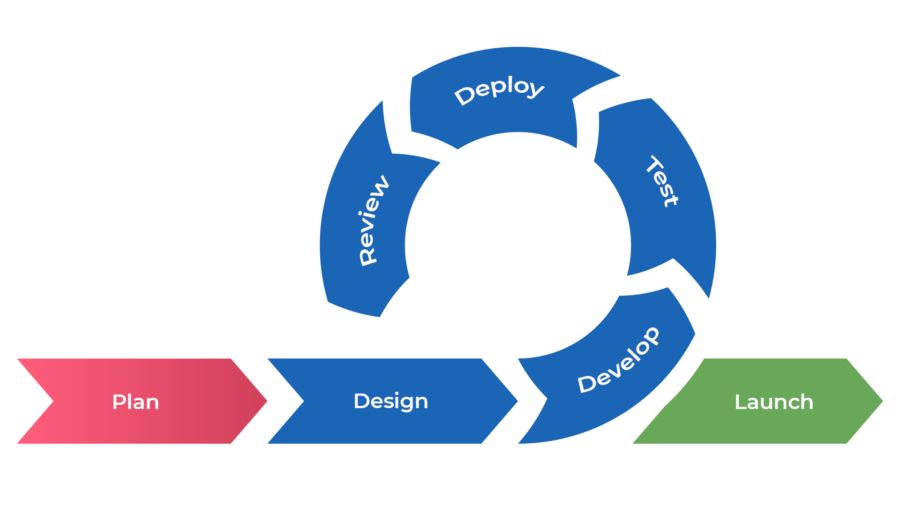Every year, in the world of software development, new approaches and practices appear that help companies create new digital solutions of better quality and with less resource consumption. However, there are those that over the years of their existence have not lost their effectiveness against the background of innovations. In particular, when it comes to the most popular methodologies, most of us immediately think of Agile. Indeed, at one time, it made a significant impact on product development processes. Below we will talk about why this impact turned out to be revolutionary.
6 Wind-of-Change Factors To Consider
So what are the factors that determined this influence? Along with boosting efficiency, improving collaboration, and increasing customer satisfaction, Agile methodology has brought six main improvements to designing a product. Let’s find out what these improvements are.
- User-centric design. It places particular emphasis on end-user feedback and their participation throughout the design process within the product designing companies. This approach ensures that the final solution will meet the needs, preferences, and expectations of the target audience. What’s more, continuous feedback and evidence-based testing allow for quick adjustments, resulting in a solution that is most likely to satisfy the target audience.
- Flexibility and adaptability. As new ideas and requirements emerge, Agile teams that provide digital product design services can adapt and change their design approach to make the necessary edits with the least amount of resources. This contributes to a reduced time-to-market and also eliminates the risk of creating software that does not match customer needs, as well as general market trends and innovations.
- Cross-functional interaction. It promotes cross-functional collaboration and teams, each member of which helps their colleagues with their unique expertise. Such close interaction provokes an effective exchange of knowledge and skills, which in turn leads to collective decision-making and improvement of the quality of the product design service, taking into account the needs of potential users.
- Iterative and incremental development. This methodology implies iterative and step-by-step development, which means breaking down the product design process into successive subtasks. This allows a digital product design company to get feedback from stakeholders and end users faster and therefore make changes and improvements long before the software is launched on the market.
- Reduced time-to-market. With Agile’s streamlined and efficient development process, projects are broken down into manageable tasks to accelerate new releases. In this way, companies achieve a faster response to market trends by collecting user feedback and making the necessary adjustments throughout the development cycle. Ultimately, all these practices allow teams with product design expertise to reduce the time to market for their solutions, which can be an additional competitive advantage.
- Fast introduction of innovations. Finally, this methodology implies that the project teams that practice it will constantly review their workflows, identify areas for improvement, and make appropriate changes throughout the entire software life cycle. Thus, the introduction of innovations in the context of resorting to new product design services occurs more smoothly.
Final Thoughts
Although the Agile methodology is not a one-size-fits-all approach and must be tailored to the specific needs and characteristics of each product designing project, it can greatly help teams create high-quality, end-user-focused solutions at no extra cost. If you are looking for a team that provides you with a product design service and implements this methodology in your project, contact us right now.

